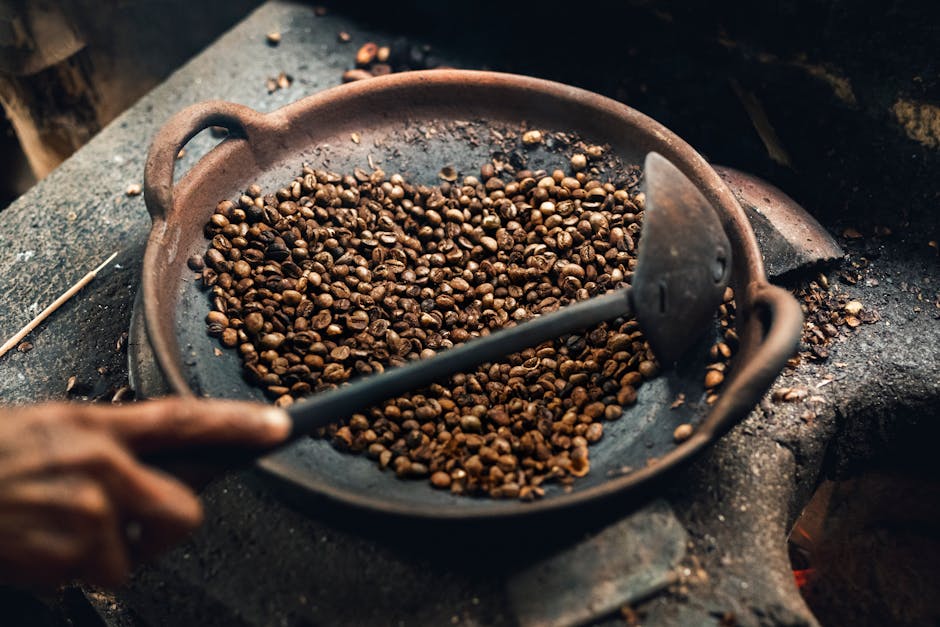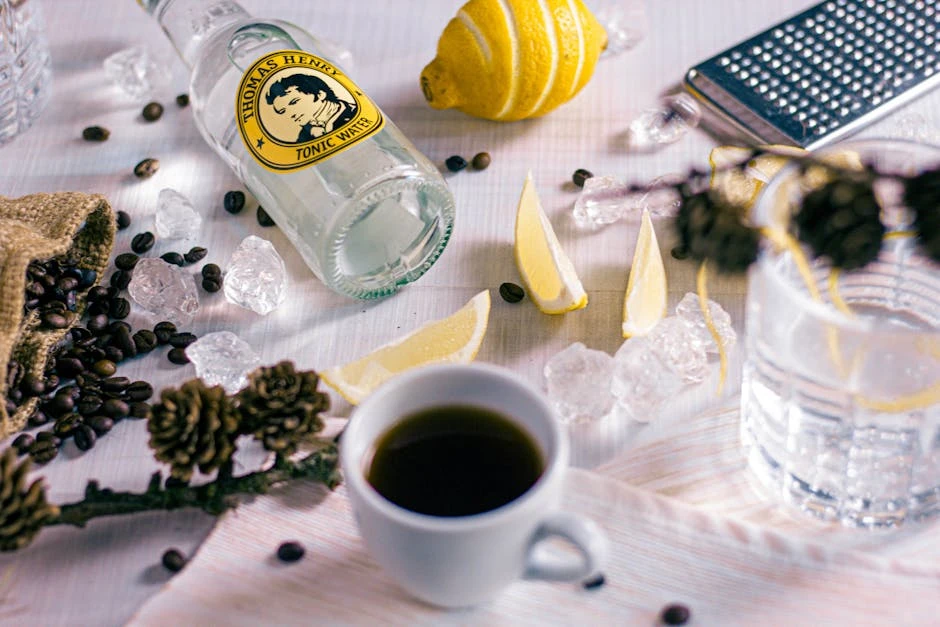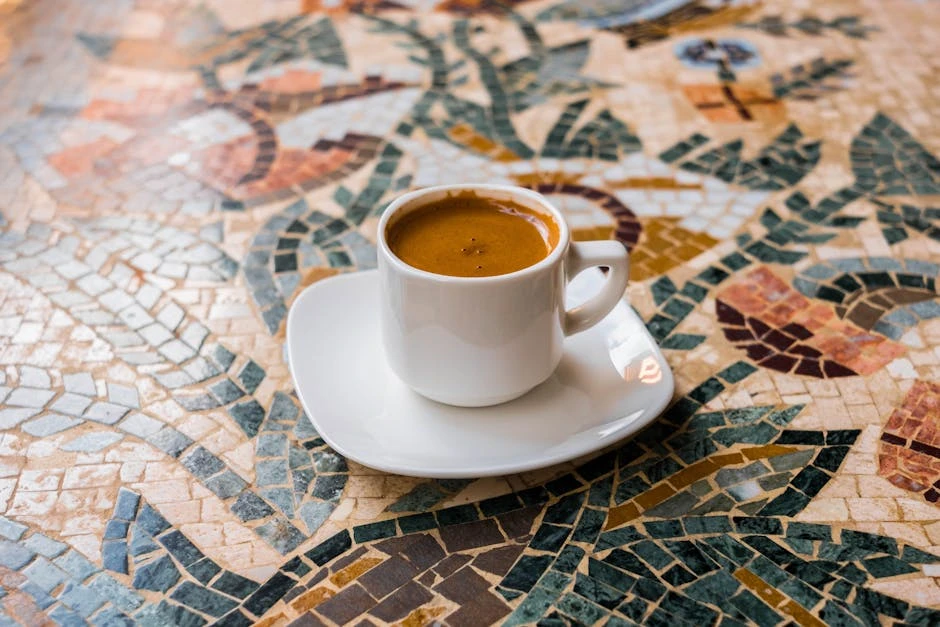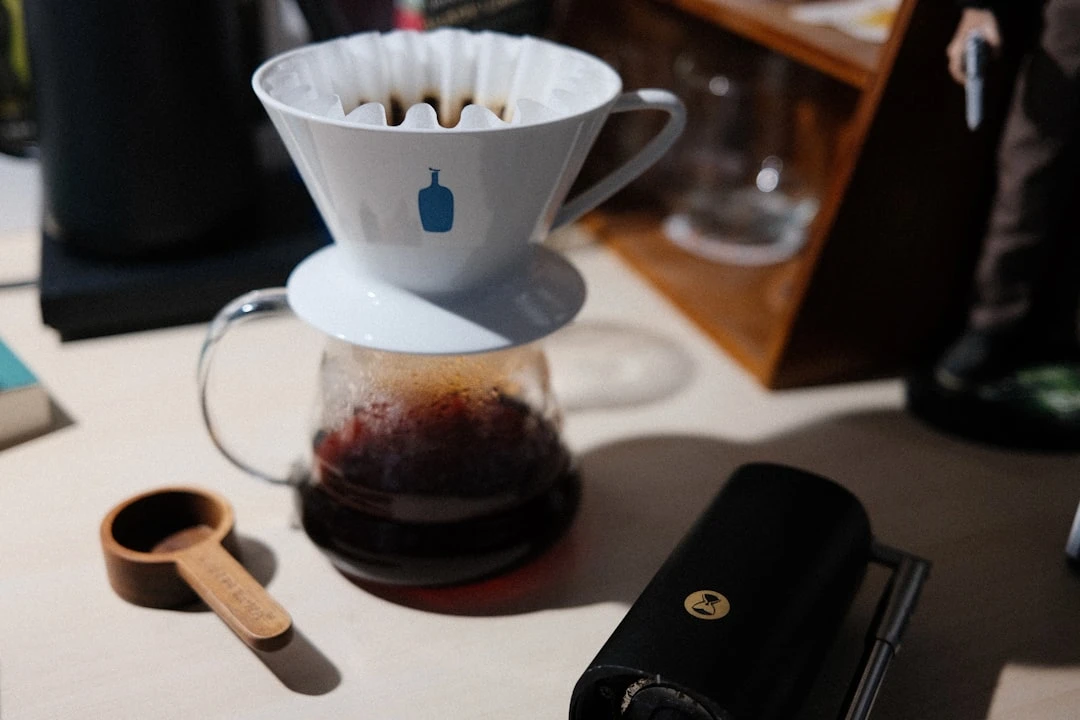Which Coffee Has the Most Caffeine? A Complete Guide

Introduction to Caffeine in Coffee
That’s caffeine muscling past your brain’s tired whispers—jolting you awake, pulling focus into sharp relief. But here’s the twist: not every mug delivers the same charge. Caffeine’s a shapeshifter, sliding up or down depending on how your drink takes shape.
So how’s it work? Start with the beans. Robusta struts in with nearly double Arabica’s kick—no subtlety here. And roast? Darker feels richer, but lighter roasts often cling to more caffeine by weight. Surprise.
But the real magic happens in the brew. Espresso packs a wallop, sure—but ounce for ounce, drip might out-caffeinate it. Cold brew? The quiet powerhouse. Let it linger, load up the grounds, and suddenly you’ve got a slow-burning rocket in your cup.
Crack this, and you’re not just drinking coffee—you’re engineering alertness. Gentle hum or lightning strike? Your call. Coming up: which blends deliver the heaviest hit? We’re not holding back.
Factors That Influence Caffeine Content in Coffee
Not all cups of coffee hit the same. The buzz you get depends on a tangle of factors—some obvious, some surprising. Once you know them, you can choose your brew with intention: a quiet lift or a full-throttle jumpstart.
1. The Bean Itself
Arabica is smooth; Robusta is rough around the edges. But here’s the thing: Robusta carries nearly twice the caffeine. If you’re chasing a real jolt, forget the delicate single-origin and reach for the hard stuff.
2. Roast Level (It’s Not What You Think)
Dark roasts taste heavier, but light roasts? They hold onto more caffeine. The longer roasting goes, the more weight burns away—so that scoop of dark stuff might leave you just shy of wired.
3. How You Brew It
Espresso hits fast, but sip for sip, drip coffee sneaks in more caffeine. And cold brew? That’s the tortoise in the race—12 hours or more of steeping wrings out every last bit of energy.
4. Size Matters
A big, watery mug can still pack more punch than a thimble of espresso. More liquid means more beans, and more beans mean—well, you get it.
5. Grind and Patience
Fine grounds + time = maximum caffeine. French press devotees, take note—you’re already winning.
Next time you’re eyeing the menu or tinkering with your setup, remember: coffee isn’t just a drink. It’s a careful dance of science (and maybe a little regret).
Coffee Types Ranked by Caffeine Content (From Highest to Lowest)
Not every cup of coffee is created equal—some nudge you awake, others send you into orbit. Here’s how your favorite brews stack up in the caffeine department, per typical serving.
- Espresso – Small but mighty. A single ounce delivers 63 mg of caffeine. Opt for a double shot or drop it into a red eye if you’re running on fumes.
- Cold Brew – Steeped slow and cold, it’s a caffeine powerhouse. An 8-ounce glass usually lands between 150–200 mg, though it depends how much water you mix in.
- Drip Coffee – Your dependable morning mug hovers around 95 mg per 8 ounces. Here’s a twist: light roasts often edge out dark ones with a touch more caffeine.
- French Press – The plunge-and-steep method nets you 80–100 mg per cup, and a longer soak might coax out a little extra.
- Pour-Over – Precision brewing means an 8-ounce cup can swing from 80–120 mg, with grind size and timing pulling the strings.
- Instant Coffee – Fast, but lighter—only about 65 mg per cup.
- Decaf Coffee – Here’s the kicker: it’s not caffeine-free. You’re still sipping on 2–5 mg per cup.
Remember: the bean (Robusta packs more punch than Arabica), your pour size, and brew time all tweak the final count. For a real wake-up call, espresso or cold brew is your best ally.
Brewing Methods and Their Impact on Caffeine Levels
Turns out, how you brew your coffee doesn’t just tweak the taste—it reshapes that jolt of energy waiting for you. Every method coaxes caffeine from the beans at its own pace, so some cups wake you up gently, while others shove you out the door. Here’s the scoop:
1. Espresso
That little one-ounce shot? It’s a caffeine grenade—about 63 mg packed in tight. The high-pressure extraction hits quick, so even if you sip it slow, the buzz doesn’t. (And let’s be honest, you’ll probably have another.)
2. Drip Coffee
Your trusty 8-ounce mug holds anywhere from 95 to 165 mg, depending on how long you let it work. The slow drip teases out more caffeine, giving you that reliable, all-morning hum rather than a sudden spike.
3. French Press
Coarse grounds lounging in hot water for 4–5 minutes? That’s 80–100 mg of laid-back caffeine. It’s not the strongest kick, but what it lacks in punch, it makes up for in depth—like a warm hug for your nervous system.
4. Cold Brew
Twelve hours of steeping brews up 150–200 mg per 8 ounces—before you even think about adding milk or water. So that “light” afternoon cold brew? Might explain why you’re still wide-eyed at midnight.
5. Pour-Over & AeroPress
Pour-over’s caffeine is drip coffee’s near-twin. The AeroPress? More like espresso’s mellow sibling—50–70 mg per 4-ounce cup, quick but not overwhelming. Perfect when you want focus without the jitters.
The bottom line: Need a slow burn? Go for drip or cold brew. Craving instant fire? Espresso’s your match. Either way, don’t say we didn’t warn you when 3 p.m. rolls around and you’re still vibrating.
Health Considerations: How Much Caffeine Is Safe?
Ah, caffeine—that little jolt of magic in your morning brew. But here’s the catch: too much, and suddenly you’re buzzing in all the wrong ways. So where’s the limit? The FDA says 400 milligrams (mg) a day is the safe zone for most healthy adults—about four cups of coffee. But let’s be honest, it’s not that simple. Your size, how fast you burn through it, even how your body reacts—it all matters.
Go over, and things get rough. Think shaky hands, sleepless nights, or a heart that’s sprinting ahead without you. Headaches? Oh, they’ll show up too. If you’re pregnant, cap it at 200 mg. Teens? Better stay under 100 mg. And if your heart’s finicky or anxiety flares up with caffeine, maybe check in with your doctor first.
Oh—and watch those sneaky servings. A single espresso shot (around 63 mg) seems tiny until you’ve had three before lunch. Even that soda or dark chocolate nibble adds up faster than you’d think.
The key? Take it slow. Downing a whole pot by midmorning is a surefire way to crash hard. If your fingers won’t stop trembling or sleep feels impossible, ease off. Stay within the numbers, tune in to what your body’s saying, and you’ll keep the energy without the fallout.
Myths and Misconceptions About Caffeine in Coffee
Funny, isn’t it? We coffee lovers cling to these little caffeine "truths" like they’re gospel—except half the time, they’re anything but. Especially when it comes to figuring out which brew really kicks. Let’s set the record straight.
Myth 1: Dark Roasts = More Caffeine
That rich, bold taste fools you every time. But here’s the kicker: roasting doesn’t do much to caffeine levels at all. Dark roasts do shrink more as they lose water, though. So if you scoop your grounds? Yeah, light roast might edge ahead—those beans are denser. But weigh them instead? Meh. Basically a draw.
Myth 2: Espresso Will Wire You More
Oh, it hits hard—no argument there. But that’s just the shock of drinking pure, unfiltered coffee in one gulp. Truth is, a single shot (63-75 mg) still gets dunked on by your regular 8 oz drip (80-100 mg). Blame the presentation.
Myth 3: Decaf = Caffeine-Free
Not quite. Decaf’s got a quiet little 2-5 mg per cup lurking in there. Barely a whisper… unless you’re mainlining it all night. (No judgment.)
Myth 4: All Beans Brew the Same Buzz
Arabica’s the smooth operator, no doubt. But Robusta? Twice the caffeine, twice the jitters. And if you’re an instant coffee fan? Yeah, you’re basically drinking Robusta in disguise.
Now you can choose your brew—no fairy tales required.
Conclusion
It comes down to how you brew it, the beans you pick, and how much you drink. Espresso might hit harder ounce for ounce—but since those shots are so small, a regular mug of drip coffee usually gives you more caffeine in the long run. Cold brew? It’s unpredictable. Some batches sneak up on you after all that slow steeping.
If you’re after a real jolt, reach for light roast beans and brew them in a drip pot or French press—they hold onto a little extra caffeine compared to dark roasts. Or go all-in with Robusta beans, which carry nearly twice the kick of Arabica. Need something fast and strong? A double shot of espresso or an Americano (just espresso and hot water) will do the job.
Not a fan of the shakes? Stick with single-origin Arabica or keep your cold brew servings modest. And don’t assume bottled or instant coffees are equal—some barely register compared to the real deal.
There’s no one "best" coffee—it’s about what clicks for you. Play around with roasts, beans, and methods until you land on that sweet spot between taste and energy. Whether you want a quick bolt or a slow burn, these tips’ll help you pick like you know what you’re doing.
Related Articles
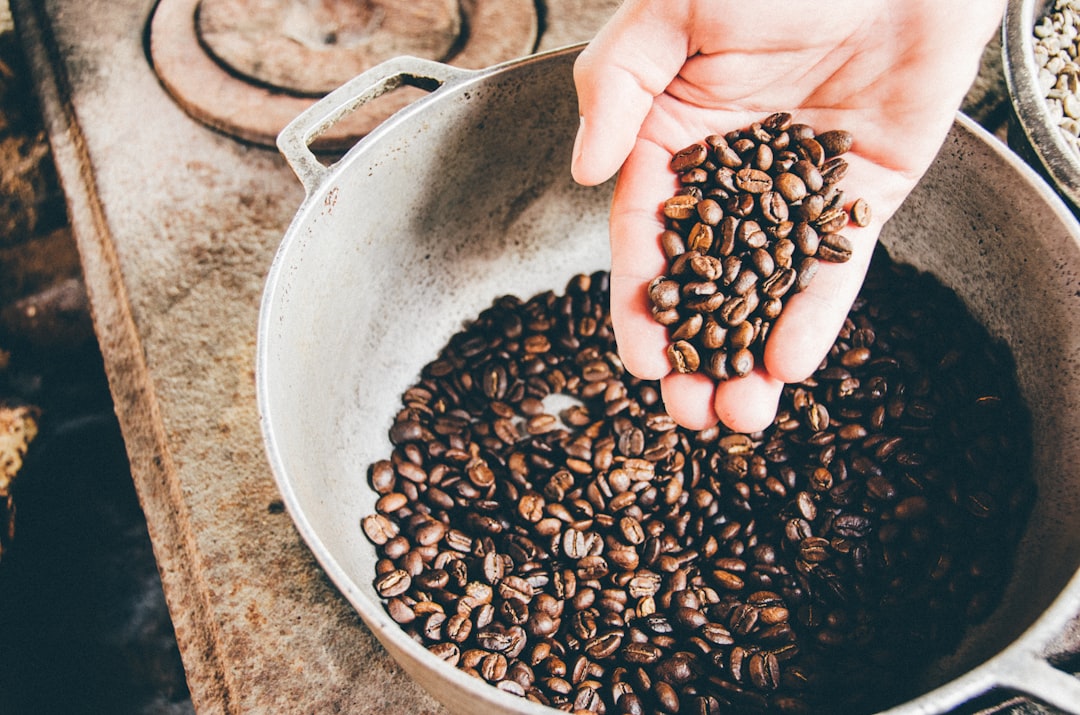
Best Decaf Coffee Beans: Top Picks & Buying Guide
Read More →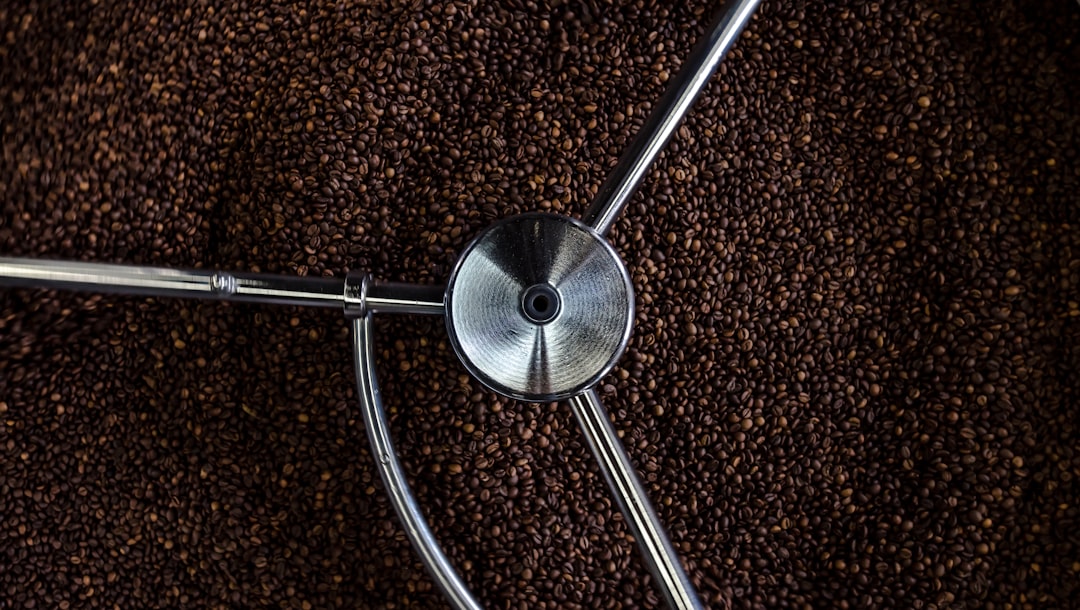
Light Roast vs Dark Roast: Which Coffee Is Best for You?
Read More →